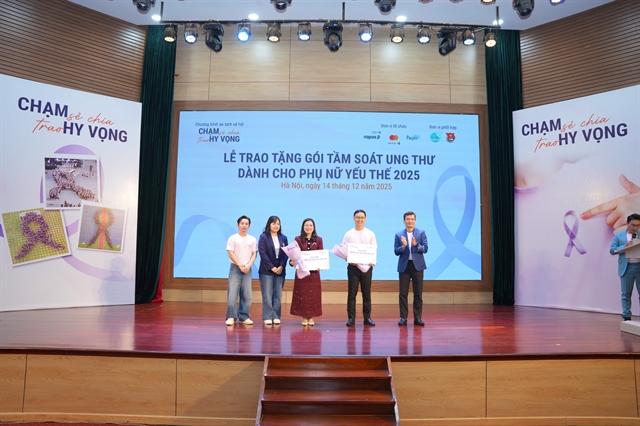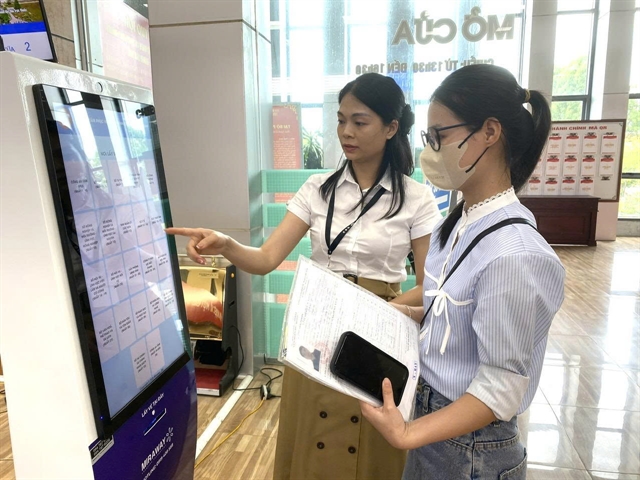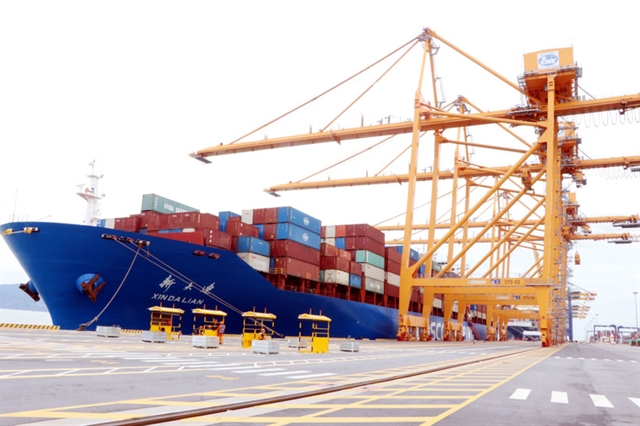 Environment
Environment
.JPG)
.jpg) |
| Photo for illustration: Việt Nam to slash HCFC imports beginning this year. — VNA/VNS Photo |
HÀ NỘI — Việt Nam will significantly reduce its import quota for ozone-depleting substances in 2025, marking a major step forward in the country’s commitment to climate action under the Montreal Protocol.
Under a newly issued decision, announced by the Ministry of Agriculture and Environment, the annual import quota for hydrochlorofluorocarbons (HCFCs), chemicals widely used in refrigeration and air conditioning equipment, will be cut to 1,300 tonnes, half of the 2024 quota of 2,600 tonnes.
HCFC-22, a type of HCFC, accounts for all of Việt Nam’s allocated imports. It is commonly used in household air conditioners, refrigeration systems, foam production and in the maintenance of cooling equipment.
While effective in industrial applications, HCFC-22 is a known contributor to ozone layer depletion and is a major contributor to global warming.
In addition to cutting ozone-depleting chemicals, Việt Nam has also capped its 2025 import quota for greenhouse gases at levels equivalent to nearly 13 million tonnes of CO2 emissions.
The ministry confirmed that 2025 will be the first year Việt Nam enforces its national roadmap to manage and phase out ozone-depleting substances and regulated greenhouse gases.
From 2025 to 2029, HCFC imports will be limited to 1,300 tonnes per year, a 67.5 per cent cut from baseline consumption.
From 2030, the quota will drop even more sharply, to an average of 100 tonnes per year, before being phased out completely by 2040.
Meanwhile, imports of hydrofluorocarbons (HFCs), another class of synthetic refrigerants, while not depleting the ozone layer, but which trap much more heat than carbon dioxide, will also be phased down, but more gradually.
By 2045, the country aims to limit HFC imports to volumes equivalent to just 2.7 million tonnes of CO2 emissions, representing an 80 per cent cut from baseline levels.
Companies are required to specify quotas for each imported chemical and comply strictly with the annual limits. Companies must also submit annual reports on their use of regulated substances by January 15, in line with Government Decree No. 06/2022/NĐ-CP, and abide by all relevant environmental regulations.
If fully implemented, the plan is expected to help Việt Nam cut over 11 million tonnes of CO2 emissions by 2045.
These efforts are aligned with the country’s pledge to reach net-zero emissions by 2050, as declared at the COP26 climate summit. — VNS
.JPG)


-awarded-beers.jpeg-image-(.jpeg).jpeg)
